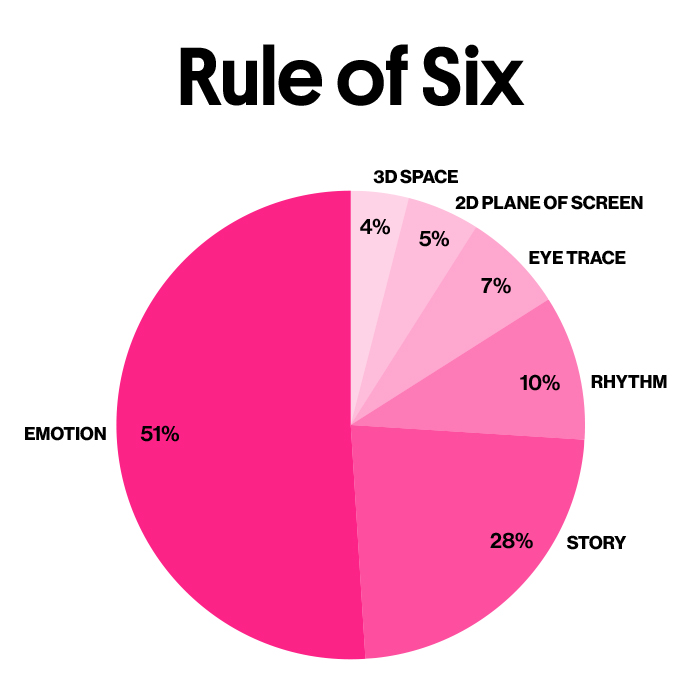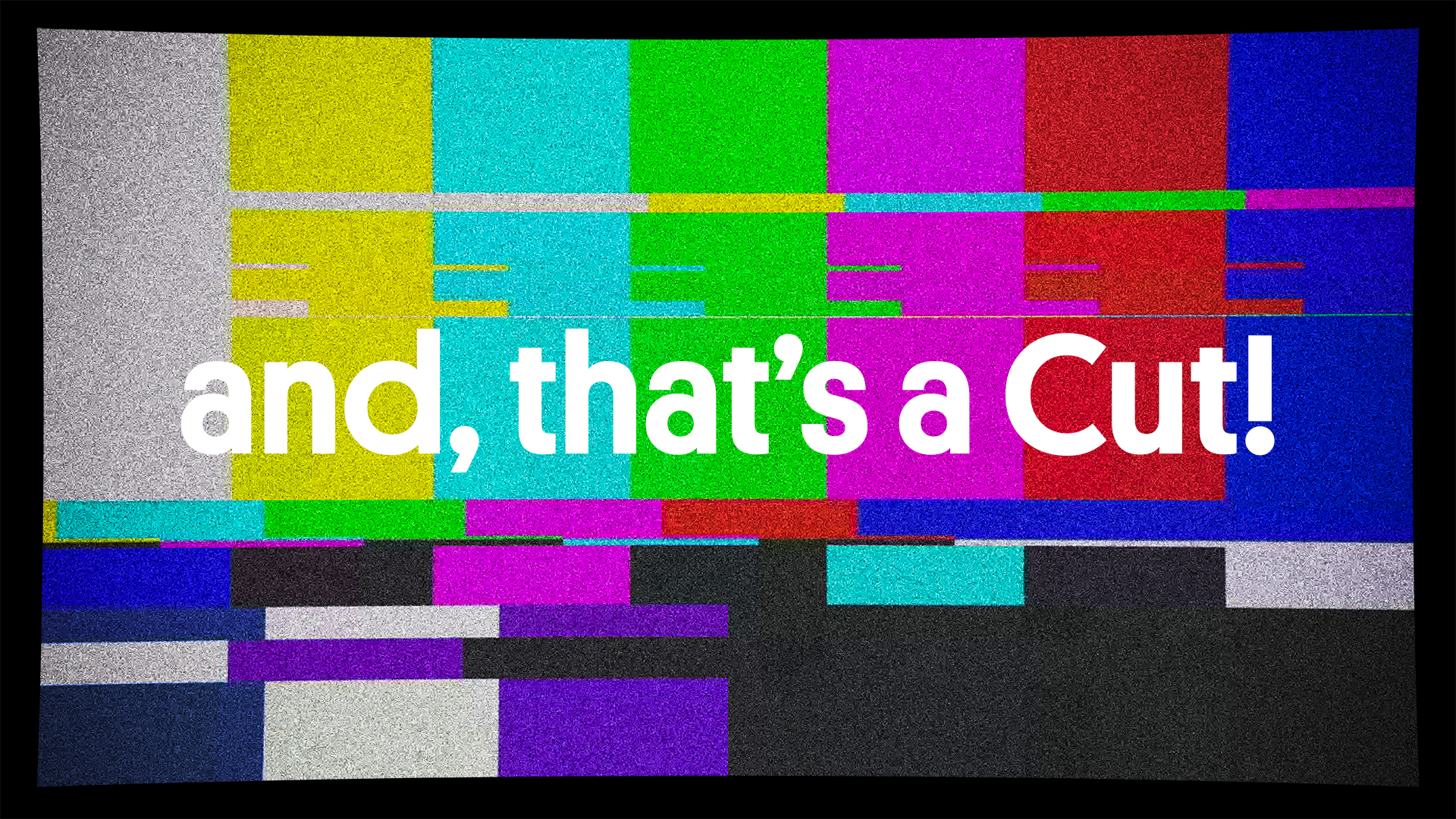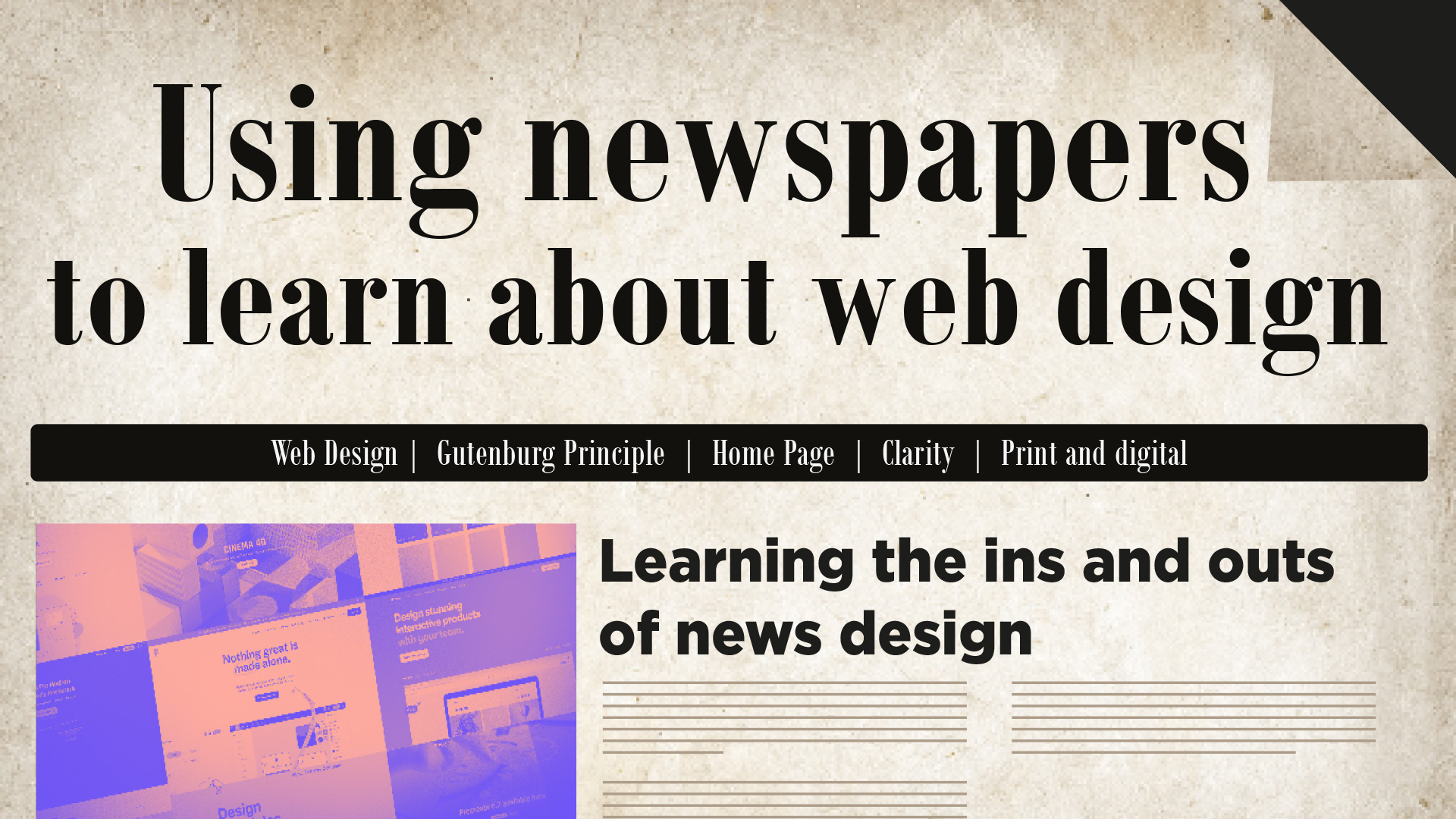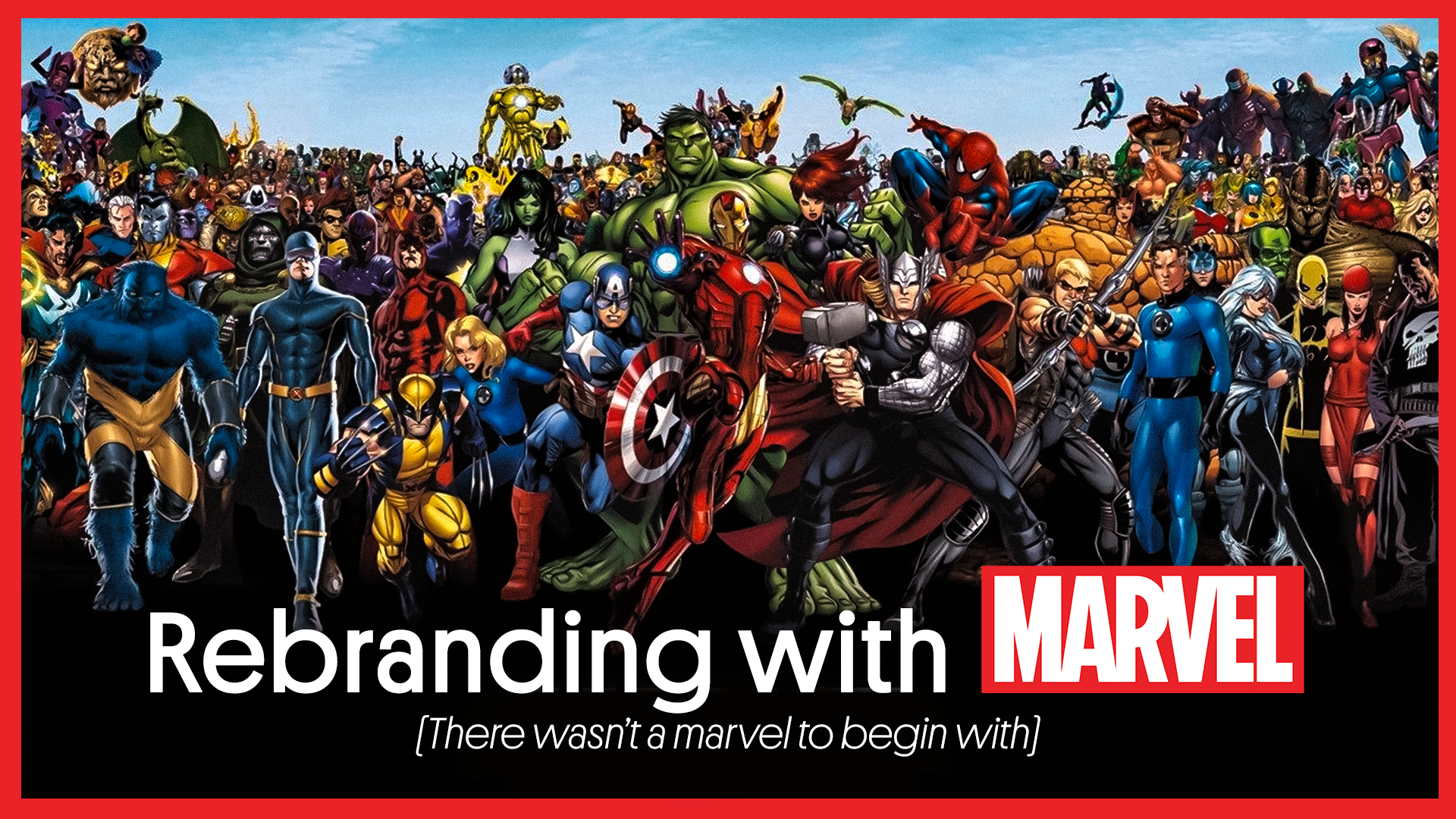(Backstory: “In the Blink of an Eye” by Walter Murch is based on a lecture he gave to editors. It’s one of the most highly acclaimed articles on editing and is full of technical and practical guidance rather than broad, high-level theory, which can be needlessly confusing and not practical for real-world editors who need practical advice on how to make their edits work.)
Returning to the present,
Do you have trouble figuring out when the video cuts “work”? You can be a novice at video editing and lack the “gut instinct” of a seasoned editor. You can fix this issue using “The Rule of Six.”
Despite being a technical task, video editing is about stories, not tools. Examine your pictures, their placement, when you cut, and other storytelling aspects critically to develop as a conscientious editor.
We’ll present you with a variety of historical editing theories today so you may make more intelligent choices.
The Rule of SIX
- Emotion: How will this cut affect viewers’ emotions at this specific point in the movie?
- Story: Does the edit make a significant advancement in the plot?
- Rhythm: Does the cut occur at a beat that fits the rhythm?
- Eye trace: How does the cut affect where and how the audience’s attention moves in that particular movie?
- 2D Place of Screen: Is the axis appropriately followed in the two-dimensional plane of the screen?
- 3D space: Is the cut accurate in terms of the established spatial and physical relationships in three dimensions?
It’s all about priorities
Emotion, plot, rhythm, eye trace, 2D screen plane, and 3D space are the six “conditions” Murch defines for a good cut. His opinions on each differ. Because he views emotion as the most significant editing aspect, it comes in first.
Preserve it at all costs.
Establish priorities.
Never put the story before the emotions. Before rhythm, before eye trace, before planarity, and before spatial continuity, comes the story. Start at the bottom and work your way up if you are unable to achieve all six requirements. Emotion has a greater influence (51%), compared to story, rhythm, eye trace, the 2D screen plane, and 3D space altogether.
Go with feeling, if some edits give you a lovely rhythm, some muddle the story, and some capture the intensity of a moment. Cut to the chase if everything else fails.
But, how to edit?
We’ve only covered later modifications up until this point. the beginning? How do you begin a video to pique interest and provide sufficient context for the audience to understand? Here, both inductive and deductive openings are useful.
Prepositions
Deductive beginnings are typical of film openings. As a result of the abundance of visual media we today consume, audiences were less visually literate when motion pictures were originally created. In order to collect context before approaching a scene, these first viewers had to be carefully led through space.
Consider the following as an illustration of a logical opening:
A movie might start with a drone shot of a forest flying high. Given the character’s attachment to nature, it works beautifully for this photo. Before zooming in to reveal the interior and introducing the key players in the film, it shifts to a close-up shot of a car hurtling down the road.
Inductive Openings
We are now visually literate enough, to begin with, a close-up and then gradually go out to a wide shot that provides that context. As a result, inductive openings are a bit more current addition to the cinema. They can also be slightly more difficult to execute because your viewer needs to be guided very carefully through that area.
Consider the following as an example of this kind of opening:
The main character’s feet are shown in a close-up after a hazy fade from across the street, which leads to a close-up of his face in the following shot. These pictures give us the impression that he is clearly focused on something, but we can’t tell what it is. An inductive opening is effective for a number of reasons, including this. We don’t yet have the complete context, so it has a sense of mystery and appeal that just kind of draws you in. Our primary character is only genuinely seen when we smash cut to that wide shot.
That’s a cut
Murch’s principles of editing for cinema can help you navigate any piece of content the next time you’re stuck or want to elevate a project to impress the client and get them out of their cubicle and over to AP so you can increase your rate.
The essence of filmmaking is this: storytellers elevate feelings, emotions, and plot points into something more, something shareable, on screen, using the instruments of their trade.
Writing Credit – Drishti Shah






